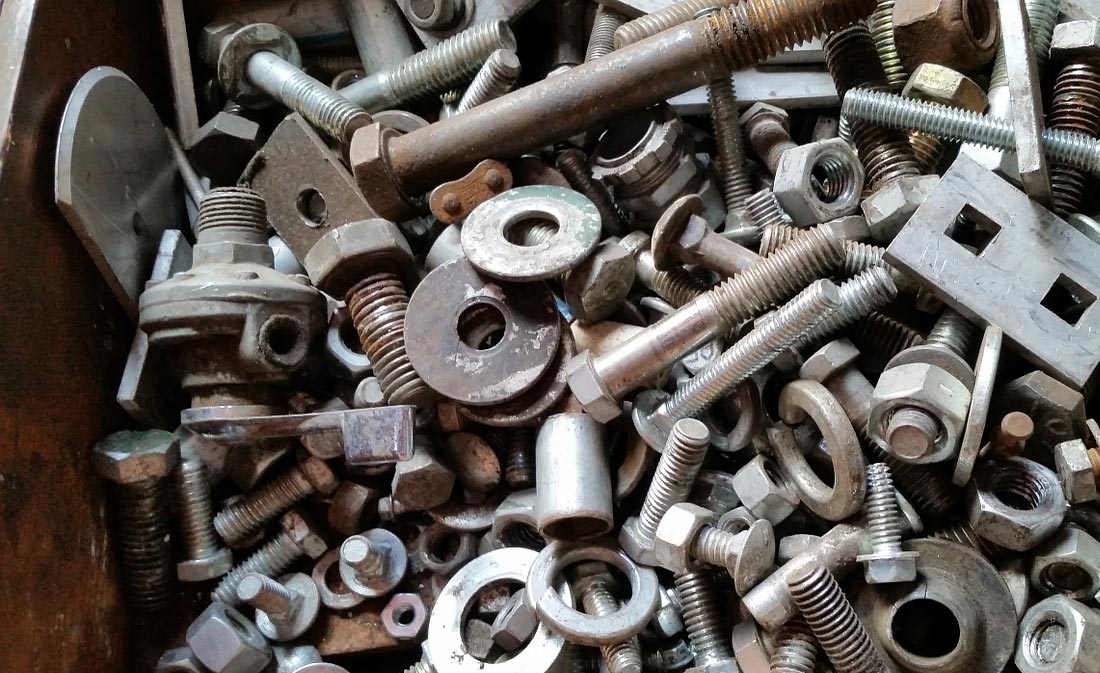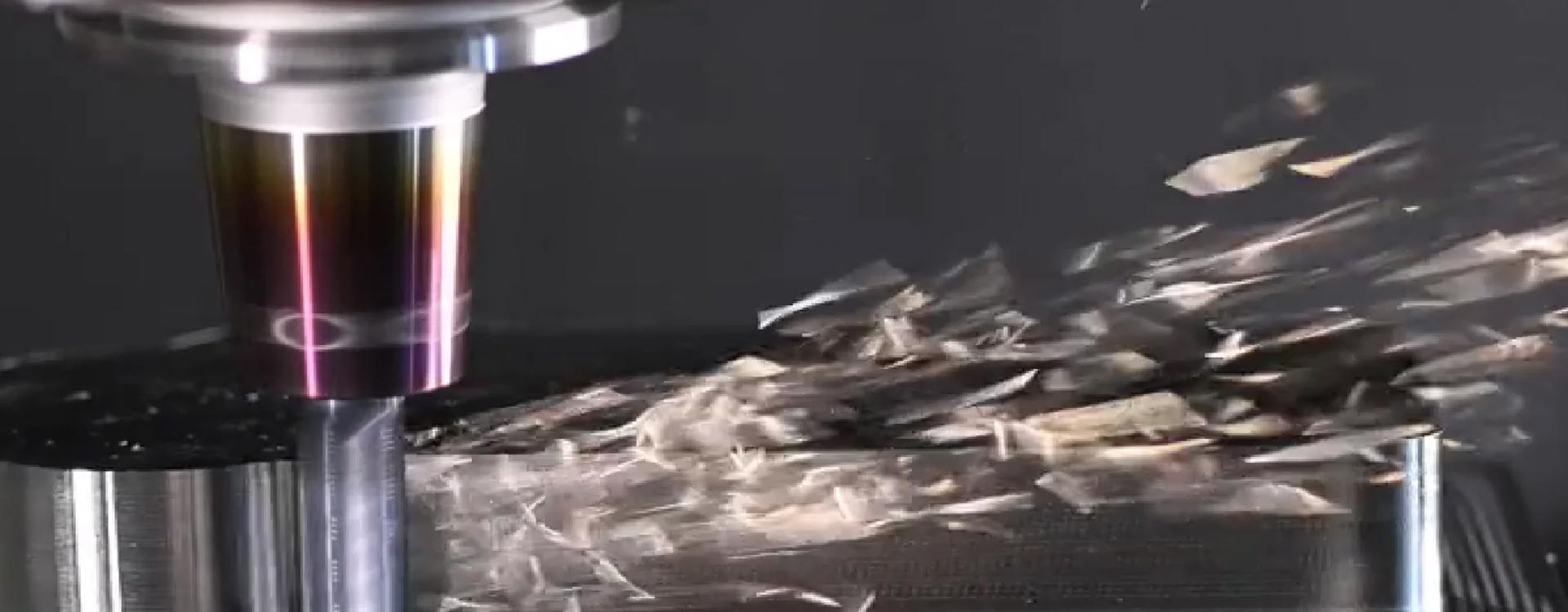H11 and H13 are hot work tool steels known for their exceptional toughness and heat resistance. H11 features good thermal fatigue resistance, making it suitable for die-casting and forging applications. In contrast, H13 offers superior wear resistance and maintains hardness at elevated temperatures. Both grades are essential for high-performance tooling in demanding environments.

Specifications :
| Grade | Type | Key Composition | Hardness (HRC) | Toughness | Applications |
|---|---|---|---|---|---|
| H11 | Hot Work Tool Steel | C: 0.30%, Cr: 4.75-5.50%, Mo: 1.0-1.5%, V: 0.8-1.2% | 48-54 | Good | Die casting, forging dies, hot shear blades |
| H13 | Hot Work Tool Steel | C: 0.32-0.45%, Cr: 5.0-6.5%, Mo: 1.0-1.5%, V: 0.8-1.2% | 48-54 | Excellent | Hot work tooling, die casting, extrusion dies |
Chemical Composition :
| Element | H11 Composition | H13 Composition |
|---|---|---|
| Carbon (C) | 0.30% | 0.32% – 0.45% |
| Chromium (Cr) | 4.75% – 5.50% | 5.0% – 6.5% |
| Molybdenum (Mo) | 1.0% – 1.5% | 1.0% – 1.5% |
| Vanadium (V) | 0.8% – 1.2% | 0.8% – 1.2% |
| Silicon (Si) | ≤ 1.0% | ≤ 1.0% |
| Manganese (Mn) | ≤ 1.0% | ≤ 1.0% |
| Phosphorus (P) | ≤ 0.03% | ≤ 0.03% |
| Sulfur (S) | ≤ 0.03% | ≤ 0.03% |
Mechanical Properties :
| Property | H11 | H13 |
|---|---|---|
| Hardness (HRC) | 48-54 | 48-54 |
| Tensile Strength (MPa) | 1,200 – 1,400 | 1,200 – 1,400 |
| Yield Strength (MPa) | 1,000 – 1,200 | 1,000 – 1,200 |
| Elongation (%) | 15 – 25 | 15 – 25 |
| Impact Toughness (J) | 30 – 50 | 40 – 60 |
| Modulus of Elasticity (GPa) | 200 – 210 | 200 – 210 |


